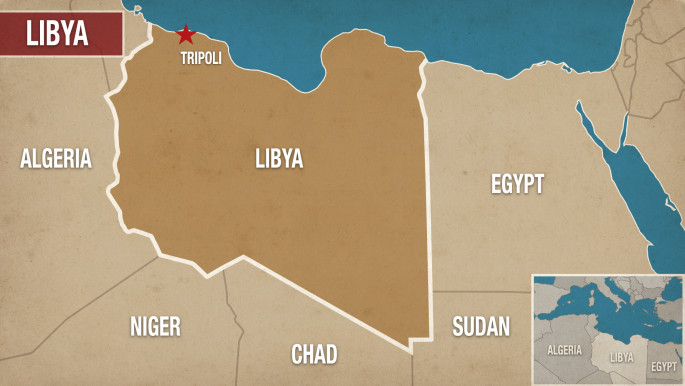250 migrants feared dead off Libyan coast
Around 250 African migrants are feared to have drowned in the Mediterranean after a charity's rescue boat found five corpses and two partially submerged rubber dinghies off Libya, a spokeswoman said Thursday.
Laura Lanuza of Spanish charity Proactiva Open Arms said its boat Golfo Azzuro had recovered the five dead bodies close to the dinghies, about 15 miles off the Libyan coast.
"We don't think there can be any other explanation than that these dinghies would have been full of people," she told AFP. "It seems clear that they sunk."
She added that they would typically have been carrying 120-140 migrants each.
"In over a year we have never seen any of these dinghies that were anything other than packed."
Lanuza said the bodies recovered were African men with estimated ages of between 16 and 25.
They had drowned, apparently in the 24 hours prior to them being discovered shortly after dawn on Thursday in waters directly north of the Libyan port of Sabrata.
Despite rough winter seas, migrant departures from Libya on boats chartered by people traffickers have accelerated in recent months from already-record levels.
Over 5,000 people have been picked up by rescue boats since Sunday, bringing the number brought to Italy since the start of 2017 to over 21,000, a rise of more than half compared to the same period in previous years.
Aid groups say the accelerating exodus is being driven by worsening living conditions for migrants in Libya and by fears the sea route to Europe could soon be closed to traffickers.
 |
|
| [Click to enlarge] |
Prior to the latest fatal incident, the UN refugee agency had estimated that some 440 migrants had died trying to make the crossing from Libya to Italy since the start of 2017.
That figure, also sharply up on previous years, is based on a combination of bodies recovered and testimonies from survivors of shipwrecks.
More than half a million migrants reached Italy from Libya between late 2013 and the end of last year.
And if the trend of the opening weeks of 2017 continues, another 250,000 will have to be accommodated this year by Italy's over-stretched facilities for asylum seekers.
Against that backdrop, Italy has stepped up cooperation with Libya with the aim of deterring boat departures by ensuring the north African country's own coastguard turns boats back to port before they reach international waters.
The plans involve equipping and training the Libyan coastguard and helping the former Italian colony to upgrade holding camps for migrants in Libya pending their deportation to their countries of origin.
But the moves have caused concern among human rights bodies because of the squalid, dangerous conditions in the detention camps, and the inherently unstable state of the conflict-scarred country.
Italy has also stepped up its efforts to persuade other European countries to accept some of the asylum-seekers and other migrants landed at its southern ports, with limited success so far.
The overwhelming majority of the migrants reaching Italy are from Africa.
The Italian government insists most of them are economic migrants.
But rights bodies point out that some 40 percent of those who apply to stay in Italy are eventually allowed to, either because they qualify as refugees under international law or because they have a case for leave to remain under Italy's own humanitarian provisions.


